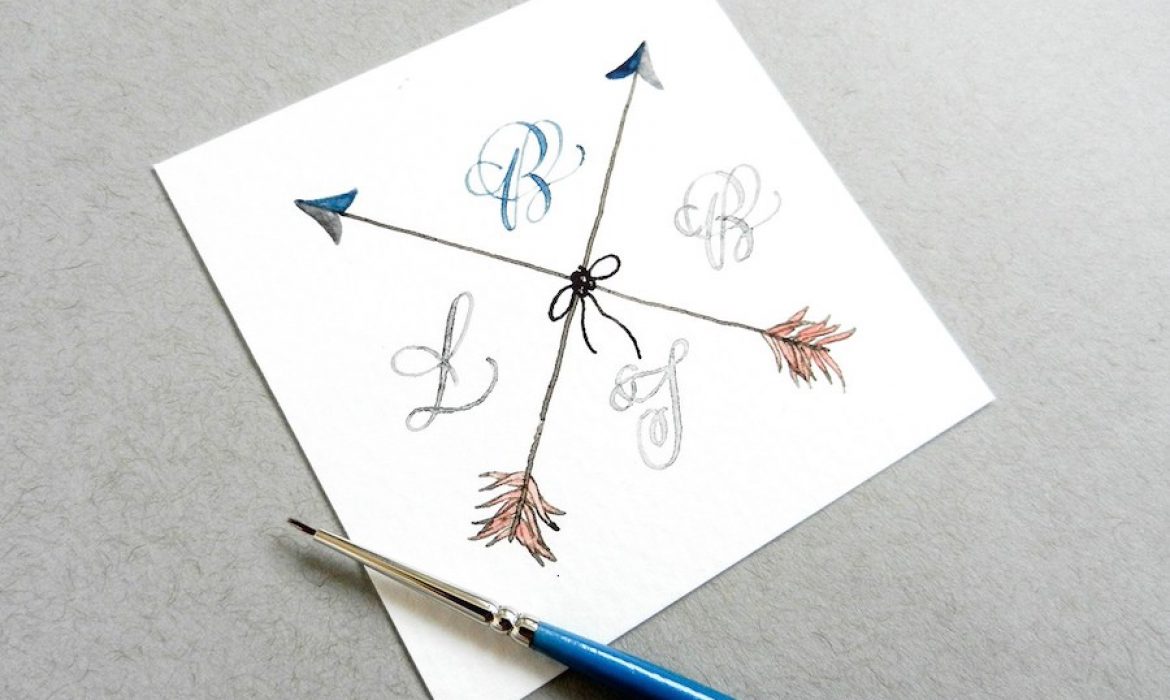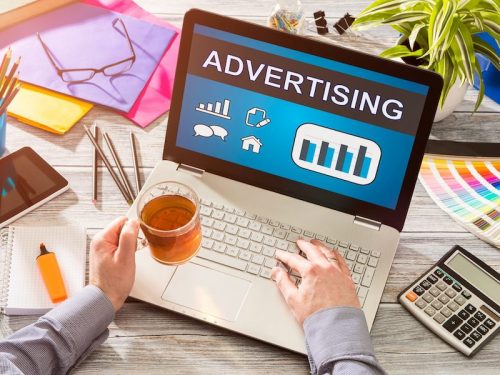
Adtech doesn’t stand still for a second. From the serving of the first impression in the 90s, to the rise of programmatic in the late 00s, the industry has been pursuing the holy grail of advertising: how to get people’s attention, tell them riveting stories, and change the way they see our brands.
2018 is a big year in that quest. Technologies are now in market which allow brands to plan and execute their digital advertising on the basis of the attention their ads will get, rather than simply recording if the ads were loaded or viewable for one second.
That’s important because most ads aren’t viewable for long enough to communicate with users.
Brands buy attention, not impressions
For all the three-letter acronyms, advertising is quite simple. Your creatives transform attention – provided by media – into brand awareness and revenue. Impressions are an attempt at measuring attention, but we all know it’s a rough draft. Some impressions aren’t seen, and most ads aren’t seen for long enough to communicate effectively.
Now that brands can get what they always wanted – to spend some time with their audience using view duration technology.
Publishers choose quality over quantity
With view duration on the rise, publishers can now do what they do best: engage users with captivating content that provides a stage for brands to communicate rather than resorting to ad-clutter to increase yield.
When advertising is bought on the basis of impressions it’s the number of impressions a publisher generates, not their quality, which drives revenue. As a result, publishers have to strike a compromise between quality and quantity, because creating lots of impressions isn’t the same as generating the best space for brands to tell their stories.
View duration allows publishers to redesign for quality, not quantity of ads.
Campaigns that really reach people
Every brand’s top priority is to communication with a specific audience, but adtech has made that very hard. If you serve an in-market consumer an impression, did they see it, if they did, did they see it for long enough?
View duration caps are now replacing old fashioned frequency caps which were based on impressions. This allows brands to make sure that when they talk about reach, they know they’ve really reached somebody.
Creatives that fit the available time
Creatives are now being equipped to respond dynamically to duration. Only have five seconds? Show a compelling poster. Have 15 seconds? How about that animation? 30 seconds? Definitely go with a video asset. The first duration-based creative optimization solutions rolled out in early 2018; expect this to be standard in 2019.
The time users spend with a brand’s advertising is the fundamental building block of all marketing, from brand awareness to direct response.
Research from Avocet shows that ads viewed for more than five seconds get twice as many clicks as those between one and five seconds. While the MRC’s one second viewability standard took the first step to bringing brands closer to their users, time-based media models go the rest of the way and allow brands to intelligently invest in media.
With the technology available to bring huge efficiencies to every digital buy, 2018 is the year to start making time your metric.
___
by Ezra Pierce
source: The Drum


